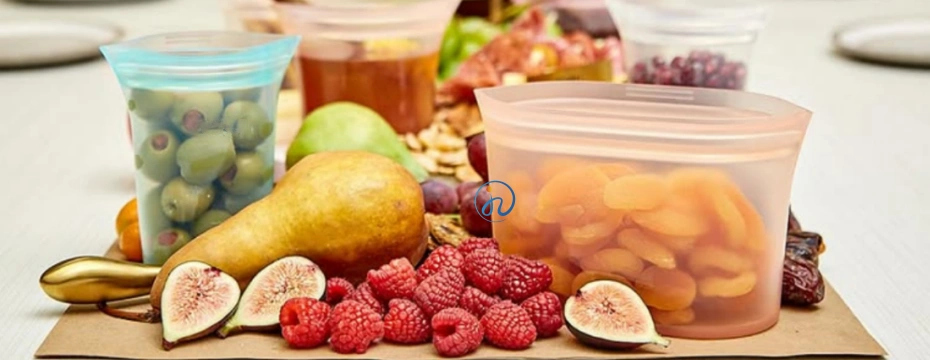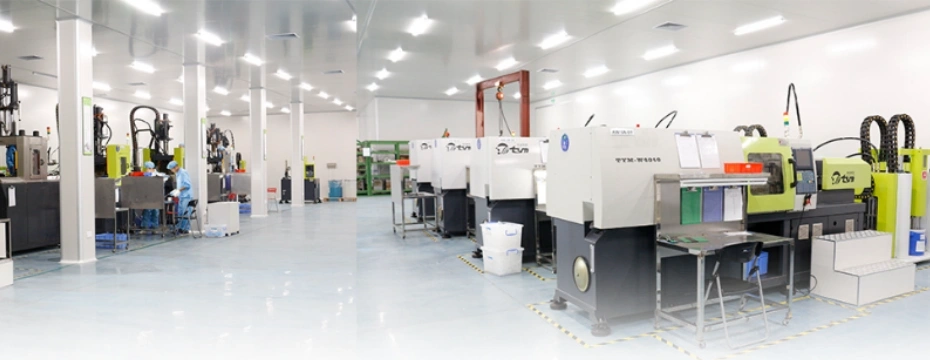Table of Contents
ToggleLiquid Silicone Rubber (LSR) has become a game-changer in the design and manufacturing of consumer products. From kitchen tools to wearable devices, LSR components for consumer products are valued for their durability, safety, aesthetic flexibility, and manufacturing efficiency. This article explores why LSR is the ideal material for today’s demanding consumer markets.

What Is LSR?
LSR, or Liquid Silicone Rubber, is a two-part platinum-cured silicone material known for its excellent thermal stability, softness, and chemical resistance. It is injected into molds under high pressure, allowing complex shapes and fine details to be produced with precision.
Key properties of LSR:
- Biocompatible and hypoallergenic
- Heat and cold resistance (-55°C to 250°C)
- UV and ozone resistant
- Highly elastic and tear-resistant
- Odorless and tasteless
Why Use LSR Components in Consumer Products?
1. Exceptional Safety and Biocompatibility
For products that come into contact with the human body—like baby pacifiers, toothbrush grips, or smartwatches—LSR is an FDA-approved, non-toxic choice. Its hypoallergenic nature makes it suitable for sensitive users.
2. Thermal Resistance for Versatile Use
LSR can withstand extreme temperatures, making it ideal for oven mitts, baking molds, bottle nipples, and cookware parts. Consumers can use LSR items in dishwashers, freezers, and ovens without degradation.
3. Superior Aesthetic Flexibility
LSR can be pigmented in a wide range of colors and molded into custom textures and shapes. This makes it perfect for modern, consumer-centric product design where color, softness, and form matter.
4. Long-Term Durability
Unlike traditional rubber or thermoplastics, LSR retains its properties over time without becoming brittle or cracking. This reduces product failures and increases consumer satisfaction.
5. Precision Manufacturing with LSR Injection Molding
With LSR injection molding, manufacturers achieve tight tolerances and complex geometries. This is crucial for products like smart device seals, fitness trackers, or earbud tips.

Popular Consumer Applications for LSR Components
1. Personal Care Products
- Baby pacifiers and bottle nipples
- Silicone toothbrush heads and grips
- Reusable menstrual cups
2. Kitchen and Home Goods
- Baking molds and spatulas
- Food storage lids and seals
- Heat-resistant oven mitts and trivets
3. Electronics and Wearables
- Smartwatch bands
- Earbud tips and wearable skins
- Protective bumpers and overmolded cable grips
4. Outdoor and Lifestyle Gear
- Sports bottle seals
- Diving mask skirts
- Bike light housings

Advantages Over Traditional Materials
| Feature | LSR | Thermoplastics | Natural Rubber |
|---|---|---|---|
| Heat Resistance | Excellent | Moderate | Poor |
| Biocompatibility | High (FDA-Approved) | Low | Moderate |
| Color Customization | High | Moderate | Low |
| Flexibility & Elasticity | Excellent | Moderate | High |
| UV & Ozone Resistance | Excellent | Poor | Poor |
Sustainable and Eco-Friendly Benefits
LSR is reusable, recyclable in some forms, and non-toxic. With increasing environmental awareness, using LSR helps brands reduce reliance on disposable plastics and improve their product lifecycle footprint.
Choosing the Right LSR Manufacturer
For consumer products, it’s essential to partner with an experienced LSR manufacturer who understands material certifications, mold design, and production efficiency. Look for:
- ISO 9001 or ISO 13485 certified factories
- In-house mold design and rapid prototyping
- Cleanroom production for sensitive applications

Conclusion
LSR components for consumer products combine functionality, durability, and aesthetics in one high-performance material. From baby products to tech accessories, LSR offers a superior solution for brands seeking quality, safety, and modern design.
Adopting LSR not only enhances product performance but also boosts consumer trust and market competitiveness.